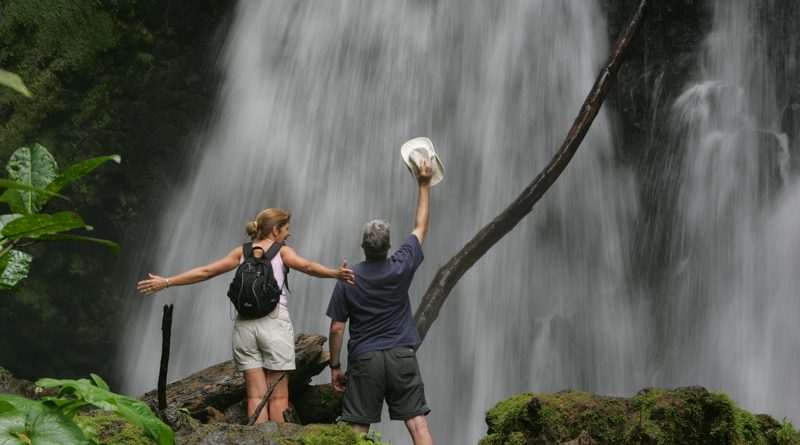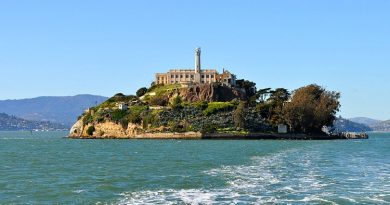Teddy Roosevelt, the Matterhorn, and Costa Rica Eco Tourism – The Beginnings
Like so many of the world’s great success stories, it began with a simple observation from an extraordinary man.
The man was Theodore Roosevelt.
Twenty years before he became one of America’s greatest presidents, Roosevelt had traveled to Europe to climb Switzerland’s famed Matterhorn. What he found or, more accurately, what he didn’t find distressed him enormously.
The mountain was nearly lifeless. Where once there had been many animals, there were no longer bears, wolves, goats, mountain sheep, or other wilderness creatures.
Though the term didn’t enter the lexicon for nearly a century more, Roosevelt was the world’s first eco-tourist and, I would say, the person most responsible for conservation in America. Based on part of his Matterhorn experience, he recognized the need to set aside vast tracts of wilderness to save them for future generations.
When he became President, over objections of vested interests, mining and timber companies, and robber barons, he set aside an extraordinary 230 million acres as wilderness, parks, and refuges.
His vision led to the discovery that the American public loved going to national parks and seeing wildlife. Sustainability proved more profitable over time than exploitation.
But, that was America’s experience. What about Costa Rica, a place that in 1519 its Spanish Governor called “the poorest and most miserable Spanish colony in all Americas”?
By the middle part of the 20th century, most of its forests had been cut or burned to make farmland. The country had become dependent upon the export of bananas and coffee for its economic life and when the world coffee market crashed in the 1970s, its future looked bleak.
But, in an unlikely alliance, conservationists joined with business interests and convinced the government to set aside large tracts of land for sustainable development In just three decades, Costa Rica set aside nearly 25% of the country for parks and preserves.
By any measure, the results have been stunning. While many countries were slashing, cutting, and burning their forests, Costa Rica chose to reforest and today jaguars, peccaries, and other wildlife are returning to places where they hadn’t been seen for more than a generation. With the animals came the tourists and prosperity.
Today, Columbia and Yale’s researchers rate it in the top five of all environmentally sensitive countries on the planet, and, from “the poorest and most miserable Spanish colony in the Americas” in 1519, it has vaulted into the #1 position on the Happiest Place in the World Index.
Somewhere in the heavens, Theodore Roosevelt is smiling in delight.




